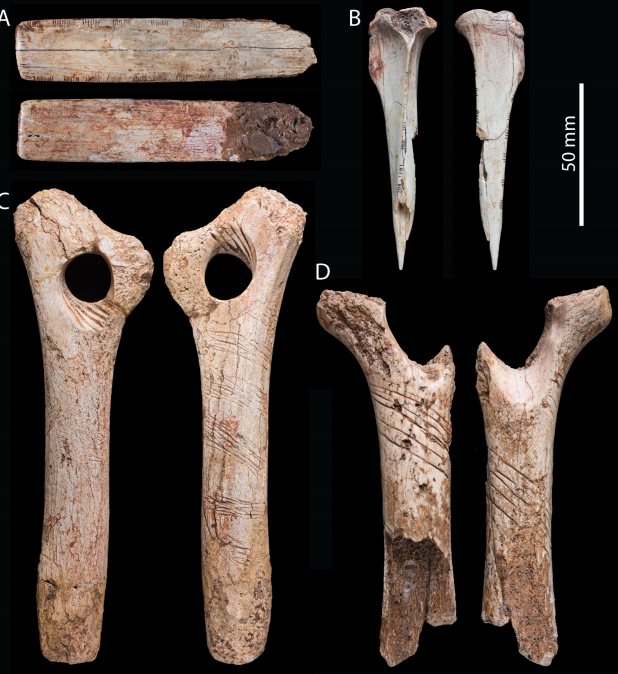Magdalenians carved human bones in cannibalistic rituals 15,000 years ago
Many bones bearing strange marks were recovered in Gough's cave in the UK.

15,000-year-old human bones recovered at Gough's cave in the UK were carved by our ancestors as part of a cannibalistic ritual. Researchers believe this is evidence of complex ritualistic funerary behaviours by the ancient humans who lived there – and who belonged to the Magdalenian culture.
The Magdalenian culture existed in Europe between about 17,000 and 12,000 years ago. Broken human bones bearing strange markings are commonly recovered by archaeologists at Magdalenian sites, and closer analyses have often revealed evidence of cannibalism.
This is obvious to researchers when they look at the more than 200 bone fragments found inside Gough's cave, which are thought to have belonged to about six individuals.
"The human bones recovered in the cave show quite clear evidence of cut marks produced by stone tools, indicating skinning and disarticulating. There are also traces of 'percussion damage' – indentations produced by hammer stones done to extract the bone marrow – as well as human chewing marks. About 60% of the bones in the cave bear traces of some of these modifications," Silvia Bello, Calleva Researcher at the Natural History Museum in London, told IBTimes UK.
Scientists already thought that cannibalistic practices took place in the context of rituals. People were not eating each other because they were hungry, this much is clear from the fact that they didn't crack skulls open to recover nourishing brain tissue, but instead shaped them.
However, there was disagreement about whether the cut marks on the bones were done deliberately as part of the ritual or if they were simply signs of butchering.
In a study now published in the journal PLOS ONE, Bello and her colleagues analysed a right human radius excavated in 1987 at the cave. The bone had been modified by cut marks, percussion damage and human tooth marks, as well as unusual zig-zagging cuts on one side. They investigated whether these zig-zagging cuts were a result of intentional engraving of the bone, measuring and comparing these marks other artefacts from France and other bones, all dating from the same period.
Their results suggest that the marks were carved intentionally on the bone, and so were probably a purposeful component of a multi-stage cannibalistic ritual.
"We cannot grasp the meaning of the engravings. They were symbolic but we don't know what they meant. What we do believe however is that this was their way of disposing of the bodies, this was part of the funerary rituals of these people," Bello explained.
"There has been evidence of cannibalism in other places and in other species, such as Neanderthal, but we have not been able to say they did this by choice, by necessity, or if this was ritualistic. Gough's cave is the first cave in which we see such a clear connection between cannibalism and ritual."
Next the researcher wants to work do DNA analyses using the bones in the cave, in order to learn more how this population formed. While they know that individuals of different age were present in the cave, they want to find out if both sex were represented, if this was a family group, as well as the link between the different bones. They also want to look at other Magdalenian sites for further evidence that these cannibalistic funerary rituals were well established within these populations.
© Copyright IBTimes 2025. All rights reserved.






















